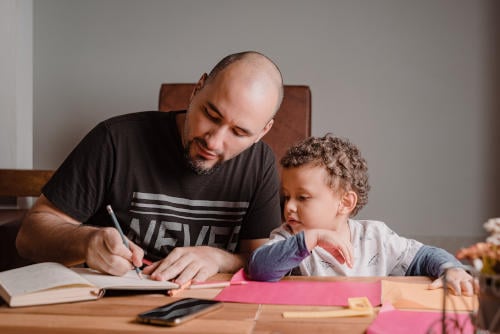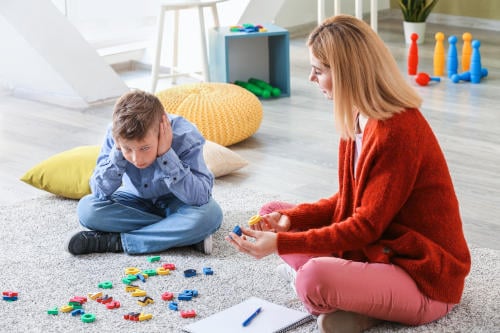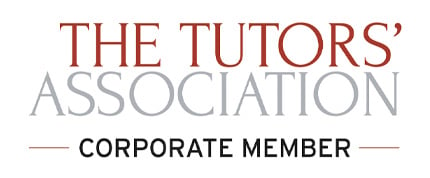If a child has a neurodiversity such as autism, ADHD, dyspraxia or dyslexia, parents or teachers may have spotted some signs in the early years. Carers may have noticed, for example, that the young person struggles to sit still and concentrate or that they are as presenting as clumsy. On the other hand, maybe they are easily overwhelmed in social situations or avoid certain foods. However, it can equally be the case that a child’s issues are not picked up till they’re much older.
Although adults usually find ways to work around children’s challenges, there often comes a point when they wonder whether a formal assessment and diagnosis of any difficulties might be helpful. Being able to pinpoint particular problems and put a name to them may help to better understand how to support the child. In addition, a diagnosis can sometimes ensure that the young person receives funded support from the local authority.
How Do You Start the Process of Obtaining a Diagnosis?

The first step towards getting a diagnosis could be for families and teaching staff to keep a diary, documenting any behavioural or physical problems that come up for the child, what strategies were tried and whether they worked. After that, parents could make an appointment with professionals such as a GP, health visitor or SENCO to discuss their concerns and get feedback.
Often, it will be necessary to collect more ‘evidence’ in the form of assessments from professionals as part of the ‘journey’ towards a diagnosis. Depending on what condition you’re looking to identify, these may include reports from speech and language therapists, dieticians, educational psychologists, paediatricians, health visitors or occupational therapists. Usually, the school or GP will start the referral process if they share your concerns but at other times, families may decide to arrange private assessments.
Different Conditions are Diagnosed in Different Ways

- ADHD – can only be diagnosed by a paediatrician, a psychiatrist or a health professional who has been trained in the diagnostic process. The decision will be made through questions to the child, parents, teachers and in some cases other individuals. For a child to be diagnosed with ADHD, they must have been showing symptoms for more than six months which were apparent before the age of twelve. The symptoms must be shown to cause considerable difficulties in social and academic settings.
- Autism – experts agree that autism should always be diagnosed by a team of professionals led by a paediatrician, neurologist or child psychiatrist (for a child). Input might also come from a speech and language therapist, an occupational therapist or a psychologist, for example. In addition, clinicians will use set tools to diagnose – DISCO (Diagnostic Interview for social and Communication Disorders), ADOS (Autism Diagnostic Observation Schedule), 3Di (Developmental, Dimensional and Diagnostic Interview) or ADI-R (Autism Diagnostic Interview – Revised).
- Dyspraxia – also known as developmental coordination disorder – diagnosis is usually made by a paediatrician with input from an occupational therapist. Psychologists and physiotherapists may also be involved in the assessment. Professionals will measure a child’s gross and fine motor skills and their cognitive development. To qualify for a diagnosis, the child’s difficulties should have been apparent from an early age and not be due to any other conditions such as cerebral palsy or muscular dystrophy. Children are not usually diagnosed under the age of five.
- Dyslexia – can be diagnosed by a specialist teacher assessor with an assessment practising certificate (APC) or an HCPC registered educational psychologist. Dyslexia is considered to be on a spectrum but health professionals look out for problems with reading writing and spelling along with visual and auditory processing challenges. Dyslexia also often goes along with problems with executive functioning, working memory and processing.
Support Following a Diagnosis

If a child receives a diagnosis, it can take the family some time to come to terms with the news, even if they were expecting it. There may be a sense of relief that there is now a formal explanation for the young person’s difficulties but there may also be a lot of anxiety for what the future holds.
Many parents find support through information from charities or local parent groups where people share ideas and strategies.




